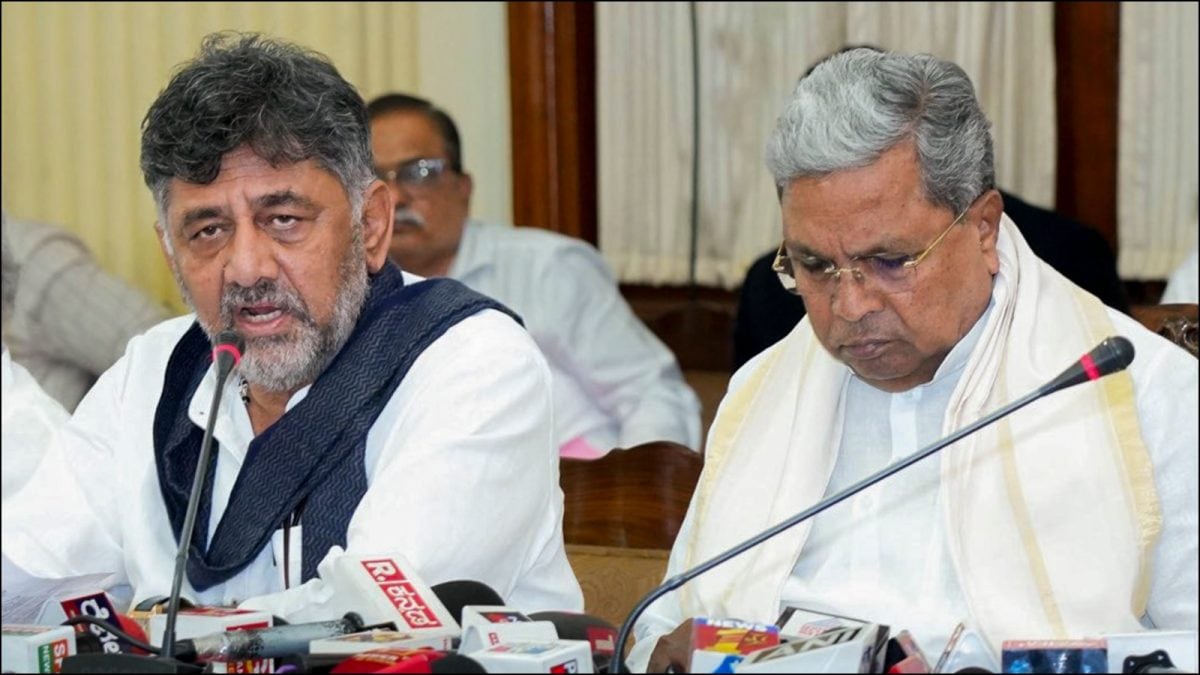Last Updated:
The RJD contested the highest number of seats (143), but its average votes per seat were far lower than its major rivals.

File photo of RJD leader Tejashwi Yadav (PTI Photo)
Bihar’s 2025 election produced a paradoxical political outcome: the Rashtriya Janata Dal (RJD) emerged as the single-largest contributor to the total votes polled, yet its seat tally remained low compared to the BJP-led National Democratic Alliance (NDA). On paper, the RJD secured an impressive 23 per cent overall vote share, higher than BJP (20.1 per cent) and JD(U) (19.3 per cent). But in a first-past-the-post (FPTP) electoral system, raw vote percentage is not the deciding factor — geographic spread, conversion efficiency, seat strategy, and vote density are. And on those fronts, the RJD faltered significantly, reveals a study by Ascendia ‘Battle of Bihar 2025’.
RJD SPREAD TOO WIDE, WON TOO LITTLE
The data shows the first structural weakness:
| Party | Seats Contested | Average votes won per seat |
| JD(U) | 101 | 95,714 |
| BJP | 101 | 99,813 |
| RJD | 143 | 80,742 |
The RJD contested the highest number of seats (143), but its average votes per seat were far lower than its major rivals. Despite a high total vote count, its votes were spread thin across constituencies rather than concentrated enough to convert into victories.
This resulted in a classic electoral inefficiency: more votes, fewer wins.
HIGH VOTE SHARE, LOW SEAT CONVERSION
A closer analysis of contests on the 143 seats where RJD was a direct competitor reveals another layer of the problem. RJD lost big wherever it faced a strong NDA candidate.
Even in tightly contested seats, RJD trailed by 9–10 percentage points, indicating a decisive preference shift toward BJP and JD(U) in key battlegrounds.
Only in the 25 seats it won did the party manage a lead — just 7 per cent on average — showing even its victories weren’t sweeping or secure.
THE LJP & AIMIM FACTOR
On several seats, parties like LJP, AIMIM, BSP, and smaller backward caste outfits siphoned off vote blocs that earlier consolidated behind RJD. In seats where AIMIM/BSP won (4 seats), RJD’s vote stood at 22.9 per cent — indicating fragmentation in its Muslim-Dalit support base.
The RJD, once the natural magnet for MY (Muslim-Yadav) support, found itself sharing that space with multiple emerging claimants.
BJP–JD(U) BENEFITED FROM CONCENTRATED MANDATES
Unlike the RJD, NDA partners contested fewer seats but generated higher vote-per-seat density that helped them. They also had booth-level mobilisation. More efficient social engineering also went for the NDA.
Their vote share in contested seats tells a clear story:
- BJP: 48.3 per cent contested vote share
- JD(U): 46.3 per cent contested vote share
Both outperformed RJD’s 39.1 per cent contested vote share, showing that where they fought, they dominated.
This is the story of why the RJD scored so little despite having the best vote share this Bihar election.

Anindya Banerjee, Associate Editor brings over fifteen years of journalistic courage to the forefront. With a keen focus on politics and policy, Anindya has garnered a wealth of experience, with deep throat in …Read More
Anindya Banerjee, Associate Editor brings over fifteen years of journalistic courage to the forefront. With a keen focus on politics and policy, Anindya has garnered a wealth of experience, with deep throat in … Read More
November 21, 2025, 15:54 IST
Read More






